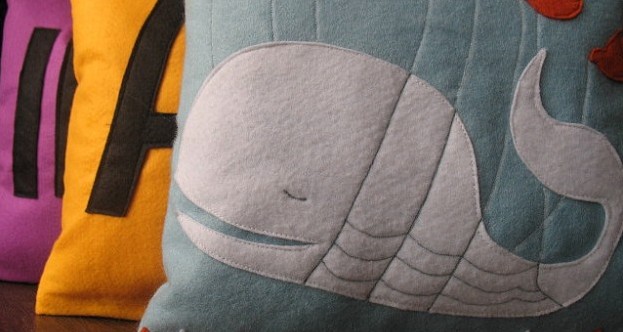 Click here to read our Parents Guide to Teaching Mindfulness to Children with Anxiety
Click here to read our Parents Guide to Teaching Mindfulness to Children with Anxiety
You don’t need bubble bath or plane tickets to take you and your anxious child away from the daily grind when you can instead create a mindfulness sanctuary. Your child’s mindfulness sanctuary is simply a special area where he or she can practice mindfulness and meditation.
It need not be an entire room, unless you happen to have the space. And it doesn’t need to be anything fancy like those meditation pods that cropped up in the 1970s and somewhat resembled and round dog house, unless you happen to have a carpenter in the family and even more space to store a round dog house inside your home.
The sanctuary can be in the corner of your child’s bedroom, a sitting area off the living room that no one ever sits in or any other place that is removed from the whirling activities of the rest of the house. That said, it should definitely be out of the line of traffic from any entrance and preferably not in an area where noises can easily invade.
“The idea is that you are creating a sacred space in your home as a refuge for practice, no matter what meditation methods you use on or off your meditation pillow,” says reverend and healing practitioner Dr. Nancy Ash.
Steps for Setting It up
Before you and your anxious child go running off to rope off a sacred corner, slow down! Setting up the sanctuary should be done with a relaxed mind focused on your intention. Pay attention not only the amount of space and lack of noise and traffic, but also check out the lighting, the window placements and if there’s a comfy place to put your child’s mindfulness pillow, chair or mat.
Then have your child bring the pillow, chair or mat into the area and plop on down. Ask her how the space feels. Ask him if it makes him feel safe and comfortable. If the answer is a resounding yes, it’s time to help your kid pick out décor.
What to Include
Distracting toys, computers, cell phones and other electronic devices are out, as are anything that makes annoying noises, movements or smells. A loud clock or windup monkey that claps cymbals all day long are typically not the best choices unless, of course, your anxious kid finds peace and solace from such things. The overall point is to include things that make your child feel good, although they should also help make her feel calm and serene.
Review the five senses, helping your child choose things that reflect the sights, sounds, smells, tastes and texture of what he loves. Opt for objects that inspire her, give her energy and offer a sense of resounding peace.
Ideas can include:
- Natural objects: Stones, shells, a feather or two and other items your child culls from nature
- Mementos: Special objects that have an equally special meaning for your child
- Photos: Pictures of family, friends, your child’s favorite animal, vacation scene or pet
- Artwork: If your kid’s soul is soothed by Picasso, by all means hang up a reproduction!
Pay attention to the colors and textures, perhaps including a plush throw rug or several pillows. Let your anxious child do the choosing to create a space she wants to go, which can automatically increase and enhance her practice.
SOURCES:
- http://life.gaiam.com/article/make-your-space-sacred
- http://www.doinga360.com/Design-a-Meditation-Room.html
Check out the 1970s meditation pod for inspiration! http://www.popsci.com/diy/article/2012-09/how-make-your-own-trippy-meditation-pod-1970





